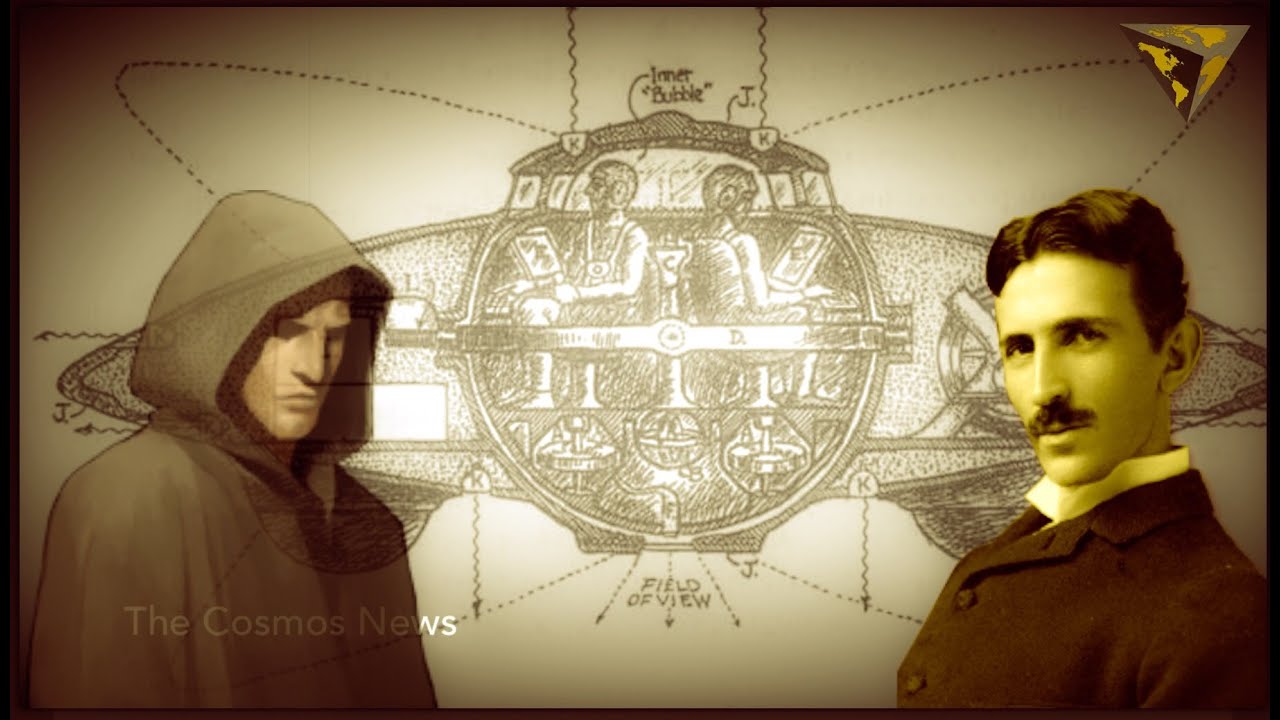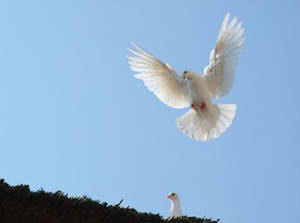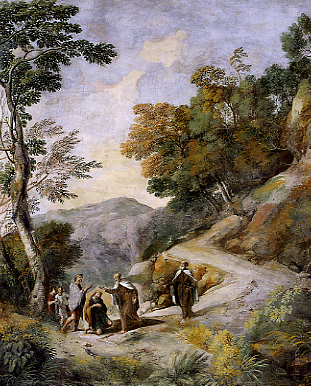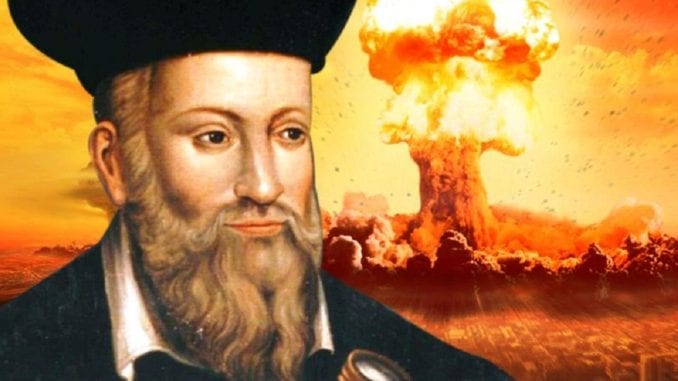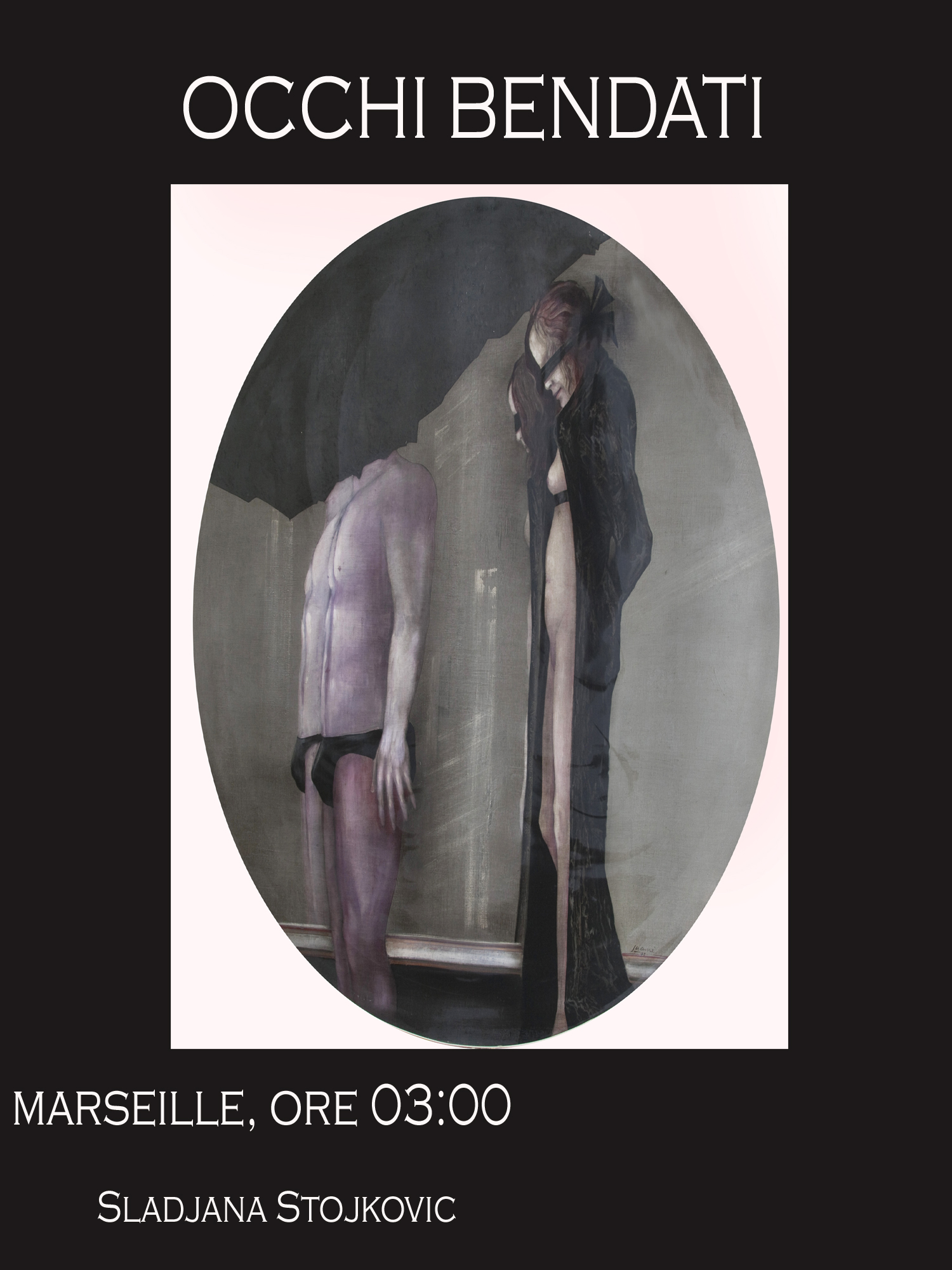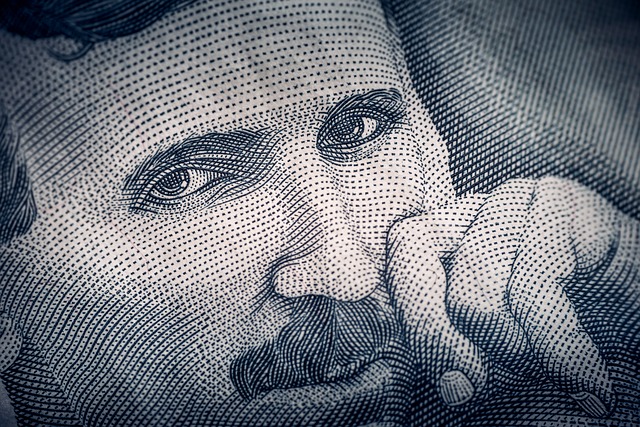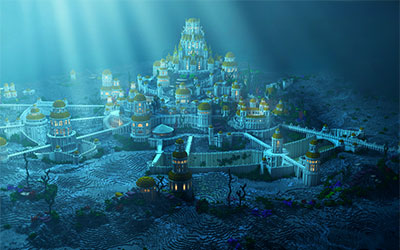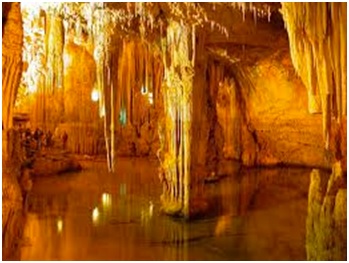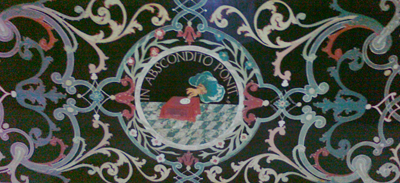
CHIESA DI S. LORENZO IN FONTE
VIA URBANA, 50 – ROMA
Lorenzo nacque in Osca (Huesca), città della Spagna, nella prima metà del secolo III. Venuto a Roma, centro della cristianità, si distinse per la sua pietà, carità verso i poveri e la sua integrità di costumi.
Grazie alle sue doti, Papa Sisto II lo nominò Diacono della chiesa. Doveva sovrintendere all’amministrazione dei beni, accettare le offerte, custodirle e conservarle, e provvedere ai bisognosi, agli orfani e alle vedove.
Per queste mansioni Lorenzo fu uno dei personaggi più noti della prima cristianità di Roma ed uno dei martiri più venerati, tanto che la sua memoria fu ricordata da molte chiese e cappelle costruite in suo onore.
La storia ci dice che Lorenzo fu catturato dai soldati dell’imperatore Valeriano il 6 agosto 258 nelle catacombe di S. Callisto assieme a Papa Sisto II ed altri diaconi.
Mentre il Pontefice con gli altri diaconi subirono subito il martirio, Lorenzo fu risparmiato per estorcergli i tesori della chiesa.
Narrasi che all’imperatore Valeriano, che gli imponeva la consegna dei tesori della chiesa, Lorenzo abbia portato davanti dei poveri ed ammalati ed abbia detto: «Ecco i tesori della chiesa».
In seguito Lorenzo fu dato in custodia al centurione Ippolito, che lo rinchiuse in un sotterraneo del suo palazzo, situato sulla via Urbana, dove attualmente trovasi la chiesa in questione.
In questo luogo, buio, umido, angusto, si trovava imprigionato un certo Lucillo, privo di vista. Lorenzo confortò il compagno di prigionia, lo incoraggiò, lo catechizzò nella dottrina di Cristo, e servendosi di una polla d’acqua sgorgante dal suolo, lo battezzò. Dopo il battesimo Lucillo riebbe la vista.
Il centurione Ippolito soleva visitare spesso i suoi carcerati; ed avendo constatato il fatto prodigioso e, più ancora, colpito dalla serenità e mansuetudine dei prigionieri, illuminato dalla grazia di Dio, si fece cristiano ricevendo il battesimo da Lorenzo.
In seguito Ippolito, riconosciuto cristiano, fu legato alla coda di cavalli e fatto trascinare per sassi e rovi fino alla morte.
Lorenzo fu bruciato vivo sulla graticola, in località poco distante dal luogo della prigionia; e le sue ceneri furono poste in campo Verano, nelle catacombe di Santa Ciriaca. Il martirio di San Lorenzo è datato nel martirologio romano il 10 agosto del 258 dopo Cristo.
A ricordare questi avvenimenti, furono erette in Roma tre chiese tuttora officiate: San Lorenzo in Fonte (luogo della prigionia), San Lorenzo in Panisperna (luogo del martirio) e San Lorenzo al Verano (luogo della sepoltura).
NOTIZIE E INFORMAZIONI SULLA CHIESA
1. La chiesa è dedicata ai Santi martiri LORENZO e IPPOLITO, come si può leggere sulla facciata esterna. “SS. Laurentio et Yppolito martiribus”. Di stilo barocco, essa fu costruita sui muri dei secoli VIII e XIII, dopo Cristo. Al di sotto ci sono i resti della casa del centurione Ippolito, del I° e del II° secolo dopo Cristo.
2. Cappella dell’Immacolata. Entrando, sulla destra, dopo la porta della sacrestia: due piccoli locali, con le statue rispettivamente di Gesù alla colonna, di S. Antonio e dell’Immacolata di Lourdes.
3. Cappella dell’Addolorata. Sempre a destra, entrando: qui c’era un dipinto a olio del 1600. nel 1925 fu ritirato dalla Sopraintendenza alle Belle Arti e non più restituito. Al suo posto fu messo un quadro della vergine Addolorata. Dei vari affreschi di G. B. Speranza sulle pareti e sul soffitto, è rimasto soltanto quello della volta che rappresenta l’Eterno Padre. All’angolo, verso il presbiterio c’è la statua del Sacro Cuore di Gesù.
4. Presbiterio. Fu costruito dall’architetto Domenico Castelli nel 1600. Ci sono tre dipinti di grande valore:
a. sulla parete a sinistra c’è S. Lorenzo che distribuisce il pane ai poveri e agli ammalati. Ci sono 14 persone. L’autore è Marco Caprinozzi (1712 - 1778);
b. al centro c’è un dipinto che rappresenta S. Lorenzo che dà il battesimo al centurione Ippolito. Ci sono 14 personaggi. L’autore è Andrea Camassei (1602 - 1649);
c. sulla parete a destra c’è il martirio di S. Lorenzo. Ci sono 11 persone. L’autore è Marco Caprinozzi.
5. Cappella dei Santi Giovanni e Paolo. A sinistra, entrando in chiesa, c’è la cappella dei due Santi martiri: il bel dipinto è di un autore anonimo del 1600; inoltre, vi è allocato il quadro della SS. Madonna del rosario di Pompei.
All’angolo della cappella c’è la statua di S. Giuseppe, Protettore degli Oblati di S. Giuseppe, che si prendono cura del servizio religioso della chiesa.
6. Sulla parete a sinistra, entrando in chiesa, c’è il quadro della Madonna con il Bambino Gesù. E’ un dipinto di autore ignoto. La Madonna è circondata dagli angeli. Ai piedi ci sono S. Elisabetta, regina di Ungheria, e S. Margherita Alacoque.
7. A sinistra, entrando in chiesa, c’è l’entrata al carcere e alla fonte di S. Lorenzo. Sul frontespizio è scritto: “Aditus ad carcerem et fontem S. Laurent”. Al termine di un lungo corridoio, scendendo parecchi gradini, si giunge ai resti della casa del centurione Ippolito e del piccolo carcere con un pozzetto d’acqua, dove Lorenzo battezzò dapprima il cieco Lucillo e poi il centurione Ippolito, con la sua famiglia.
8. Sulla parete, appena entrando in chiesa, c’è il quadro di S. Tommaso Moro, martire, in difesa della fede cattolica, e Protettore dei Governanti e Diplomatici. E’ un dipinto su tela di un artista indiano.
- ST. LAWRENCE MARTYR (CHIESA DI SAN LORENZO IN FONTE – VIA URBANA, 50-ROMA)
St. Lawrence, one of the deacons of the Roman Church, was one of the victims of the persecution of Valerian in 258, like Pope Sixtus II and many other members of the Roman clergy. At the beginning of the month of August, 258, the emperor issued an edict, commanding that all bishop, priests and deacons should immediately be put to death (“episcope et presbyteri et diacones incontenenti animadvertantur” – Cyprian, Epist.1xxx, 1). This imperial command was immediately carried out in Rome. On 6 August Pope Sixtus II was apprehended in one of the catacombs, and executed forthwith (“Xistum in cimiterio animadversum sciatis VIII id. Augusti et cum eo diacones quattuor.” Cyprian, ep. Lxxx, 1). Two other deacons. Felicissimus and Agapitus, were put to death the same day. In the Roman Calendar of the feasts of the fourth century their feat day is on the same date. Four days later, on the 10th of August of that same year, Lawrence, the last of the seven deacons, also suffered martyr’s death. The anniversary of this holy martyr falls on that day, according to the Almanac of Philocalus for the year 351, the invertory of which contains the principal feasts of the Roman martyrs of the middle of the fourth century; it also mentions the street where his grave is to be found, the Via Tiburtina (“III id. Aug. Laurentii in Tibertina”; Ruinart, “Acta sincera”, Ratisbon, 1859, 632). The itineraries of the graves of the Roman martyrs, as given in the seventh century, mention the burial-place of this celebrated martyr in the Catacomb of Cyriaca in agro Verano (De Rossi, “Roma Sott.”, I, 178).
Since the fourth century St. Lawrence has been one of the most honoured martyrs of the Roman Church. Constantine the Great was the first to erect a little oratory over his burial-place, which was enlarged and beautified by Pope Pelagius II (579-90). Popoe Sixtus III (432-40) built a large basilica with three naves, the apse leaning against the older church, on the summit of the hill where he was buried. In the thirteenth century Honorius III made the two buildings into one, and so the basilica of San Lorenzo remains to this day. Pope St. Damasus (366-84) wrote a panegyric in verse, which was engraved in marble and place over his tomb.
Two contemporaries of the last-named pope, St. Ambrose of Milan and the poet Prudentius, give particular details about St. Lawrence’s death. Ambrose relates (De officiis min. xxviii) that when St. Lawrence was asked for the treasures of the Church he brought forward the poor, among whom he had divided the treasure, in place of alms; also that when Pope Sixtus II was led away to his death he comforted Lawrence, who wished to share his martyrdom, by saying that he would follow him in three days. The saintly bishop of Milan also states that St. Lawrence was burned to death on a grid-iron (De office., xli). In like manner, but with more poetical detail, Prudentius describes the martyrdom of the Roman deacon in his hymn on St. Lawrence (“Peristephanon”, Hymnus II).
The meeting between St. Lawrence and Pope Sixtus II, when the latter was being led to the execution, related by St. Ambrose, is not compatible with the contemporaneous reports about the persecution of Valerian. The manner of his execution – burning on a red – hot gridiron – also gives to grave doubts. The narrations of Ambrose and Prudentius are founded rather on oral tradition than on written accounts. It is quite possible that between the year 258 and the end of the fourth century popular legends may have grown up about this highly venerated Roman deacon, and some of these legends have been preserved by these two authors. We have, in any case, no means of verifying from earlier sources the details derived from St. Ambrose ad Prudentius, or of ascertaining to what extent such details are supported by earlier historical tradition. Fuller accounts of the martyrdom of St. Lawrence were composed, probably, early in the sixth century, and in these narratives a number of the martyrs of the Via Tiburtina and of the Catacombs of St. Cyriaca in agro Verano and St. Hippolytius were connected in a romantic and wholly legendary fashion. The details given in these Acts concerning the martyrdom of St. Lawrence and his activity before his death cannot claim any credibility.
However, in spite of this criticism of the later accounts of the martyrdom, there can be no question that St. Lawrence was a real historical personage, nor any doubt as to the martyrdom of that venerated Roman deacon, the place of its occurrence, and the date of his burial. Pope Damasus built a basilica in Rome which he dedicated to St. Lawrence; this is the church now known as that of San Lorenzo in Damaso. The church of San Lorenzo in Lucina, also dedicated to this saint, still exists. The feast day of St. Lawrence is kept on 10 August. He is pictured in art with the gridiron on which he is supposed to have been roasted to death.
- NEWS AND INFORMATION ABOUT THE CHURCH
1) The church is dedicated to the holy martyrs Lawrence and Hippolytus, as one can read on the external fronton: “SS. Laurentio et Yppolito martiribus”. Of baroque style, its foundations rest on walls of the VIII and XIII centuries after Christ. On a lower level, there are the remains of Roman walls of the I and II centuries after Christ.: these are remains of a patrician house, probably of the centurion Hippolytus.
2) Chapel of the Immaculate. Entering, on the right, after the door of the sacristy; two small rooms, respectively with the statues of a tied up Jesus and St. Anthony, and, on the altar, the statue of the Immaculate Madonna of Lourdes.
3) Chapel of the Addolorata. Here there was an oil-painting of the 1600. It has been withdrawn by the Superintendence of the Fine Arts, in 1925, and not yet restituted. In its place, there was put a painting of the Sorrowful Virgin. Of the frescoes on the wails and on the vault, of the Speranza, it remains only the one of the vault representing God the Father. In the corner, toward the presbytery, there is the statue of the Sacred Heart of Jesus.
4) Presbytery. It was built6 by the architect Domenico Castelli in the 1600. Witch three artistic paintings:
a) In the foreground, below, on the right: the martyrdom of St. Lawrence. The work is attributed to G.B. Speranza (1600-1640). In the painting, there are eleven personages.
b) In the background of the apse, an oil painting which represents the baptism of St. Hippolytus. St. Lawrence is portrayed in the attitude of pouring water on the head of the neophyte. Present are 14 personages. Andrew Camassei (1602-1649) is the likely author.
c) On the left of the one who looks at the altar, there is a painting representing St. Lawrence and the distribution of loaves to the poor and sick people. 14 personages. This painting is ascribed to Marco Carpinozzi (1712-1778).
5) Chapel of the Saints John and Paul. Hallowed out in the left wall, there is a chapel and a large oil painting of an anonymous of the 1600. It contains 8 personages. In the past, there were also, on the walls, frescoes of G.B. Speranza representing St. John the Evangelist, St. Mark, St. Petronius, St. Jerome. In the corner of the chapel, there is a statue of St. Joseph, Patron of the Congregation of the Oblates of St. Joseph, religious who officiate in the church.
6) The Madonna with the Child Jesus. It is a painting, on the left wall, of an unknown author. The Madonna is surrounded by angels and she has, at her feet, two holy women: St. Elisabeth of Hungary and St. margherita.
7) Entrance to the Prison and the Fountain of St. Lawrence. On the same wall, on the left, there is a door which gives access to the prison of St. Lawrence. On its frontispiece, it is written: “Aditus ad carcerem et fontem s. Laurent” (access to the prison and fountain of St. Lawrence). Here one goes down the steps and, through a corridor, he reaches the remains of the walls of Hippolytus house, and the prison (a small circular room) and to a small “well” or fountain, where Lawrence would have baptized the blind Lucillus who immediately recovered sight, and afterwards, also Hippolytus the centurion.
CONSULTA ANCHE:
Il Titolo di equizio e la Basilica Santi Silvestro e Martino ai Monti
Ubicazione del titolo di equizio
Vicissitudini del Titolo attraverso i secoli
Testimoninanze d'arte e di fede nel titolo
Basilica Santi Silvesto e Martino ai Monti - asterischi storici
Basilica Santi Silvestro e Martino ai Monti - descrizione
Convento annesso alla Basilica San Silvestro
I magnifici capolavori dell'arte tessile ecclesistica










